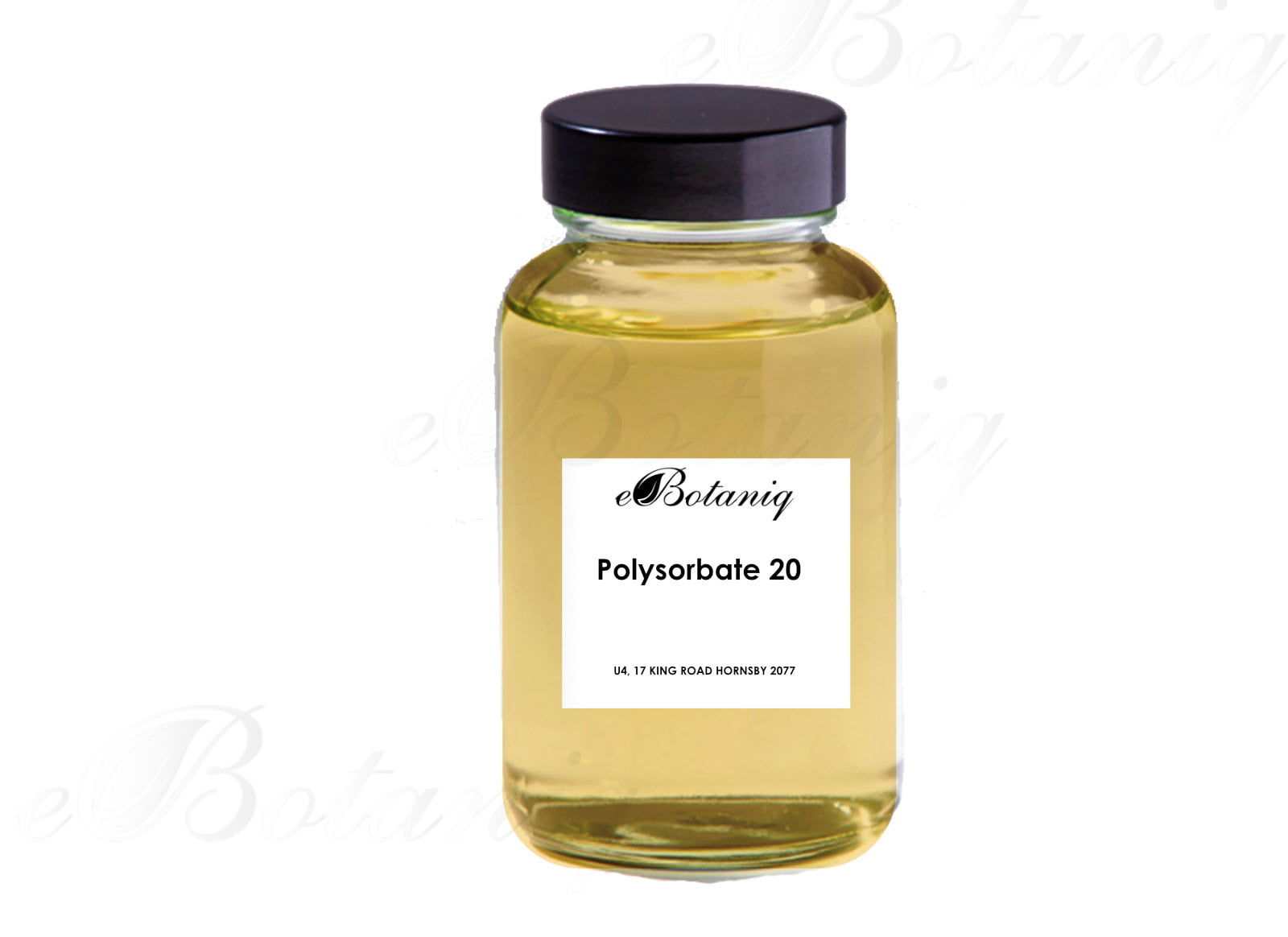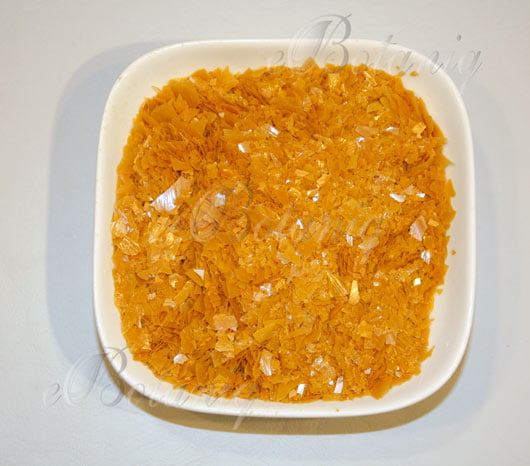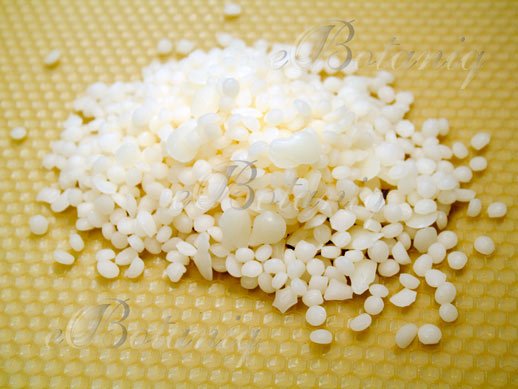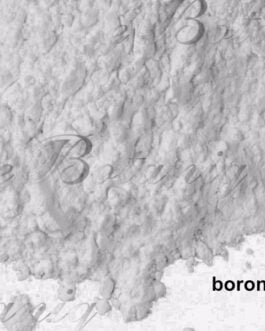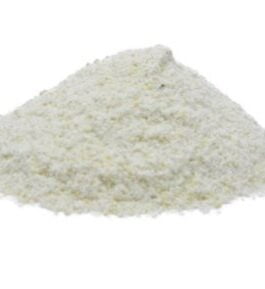Beeswax (Cera Alba)
Description
Beeswax (Cera Alba) beads are light, cosmetic grade , filtered to remove any impurities and shaped into “beads” or “pellets”. Still natural, fragrant beeswax, no solvents or chemicals have been used to process these. Being “beads”, they are easy and convenient to weigh for all applications. use when making lip balms, creams, soap, balms and solid perfume pots or bars. These golden beeswax pellets make creating your own balms and creams a dream.
Beeswax has a high heat absorbance and is best treated when heated and cooled slowly. Otherwise it tends to become more crystalline (brittle) and liable to develop cracks. For this reason exhibition wax is cooled as slowly as possible to preserve the texture and colour. (think chocolate) To preserve the aroma of fresh wax it should never be raised more than a few degrees above its melting point and then only for a short period.
Suggestion When melting beeswax always use a water bath by placing the container of wax – probably a small saucepan – inside a larger pan of water. Keep that pan specifically for beeswax as wax pans are difficult to clean.
Do not heat directly on a plate or gas ring. Beeswax can easily become damaged by localised overheating and if it ignites will burn more ferociously than any oil pan fire. Beeswax does not boil – it just gets hotter and hotter until it ignites.
Additional information
| Weight | N/A |
|---|---|
| Dimensions | N/A |
| Weight | 0.05 kg (50g), 0.10 kg (100g), 0.25kg (250 g), 0.5 kg, 1 kg, 2.5 kg, 5 kg, 10 kg, 20 kg, 25 kg, 200 kg |
Technical Data
INCI Name Cera Alba
Beeswax is formed from a mixture of several compounds.
An approximate chemical formula for beeswax is C15H31COOC30H61. Its main components are palmitate, palmitoleate, and oleate esters of long-chain (C30-32) aliphatic alcohols, with the ratio of triacontanyl palmitate CH3(CH2)29O-CO-(CH2)14CH3 to cerotic acid CH3(CH2)24COOH, the two principal components, being 6:1.
| Wax Content Type | Percent |
| Hydrocarbons | 14% |
| Monoesters | 35% |
| Diesters | 14% |
| Triesters | 3% |
| Hydroxy monoesters | 4% |
| Hydroxy polyesters | 8% |
| Acid esters | 1% |
| Acid polyesters | 2% |
| Free acids | 12% |
| Free alcohols | 1% |
| Unidentified | 6% |

